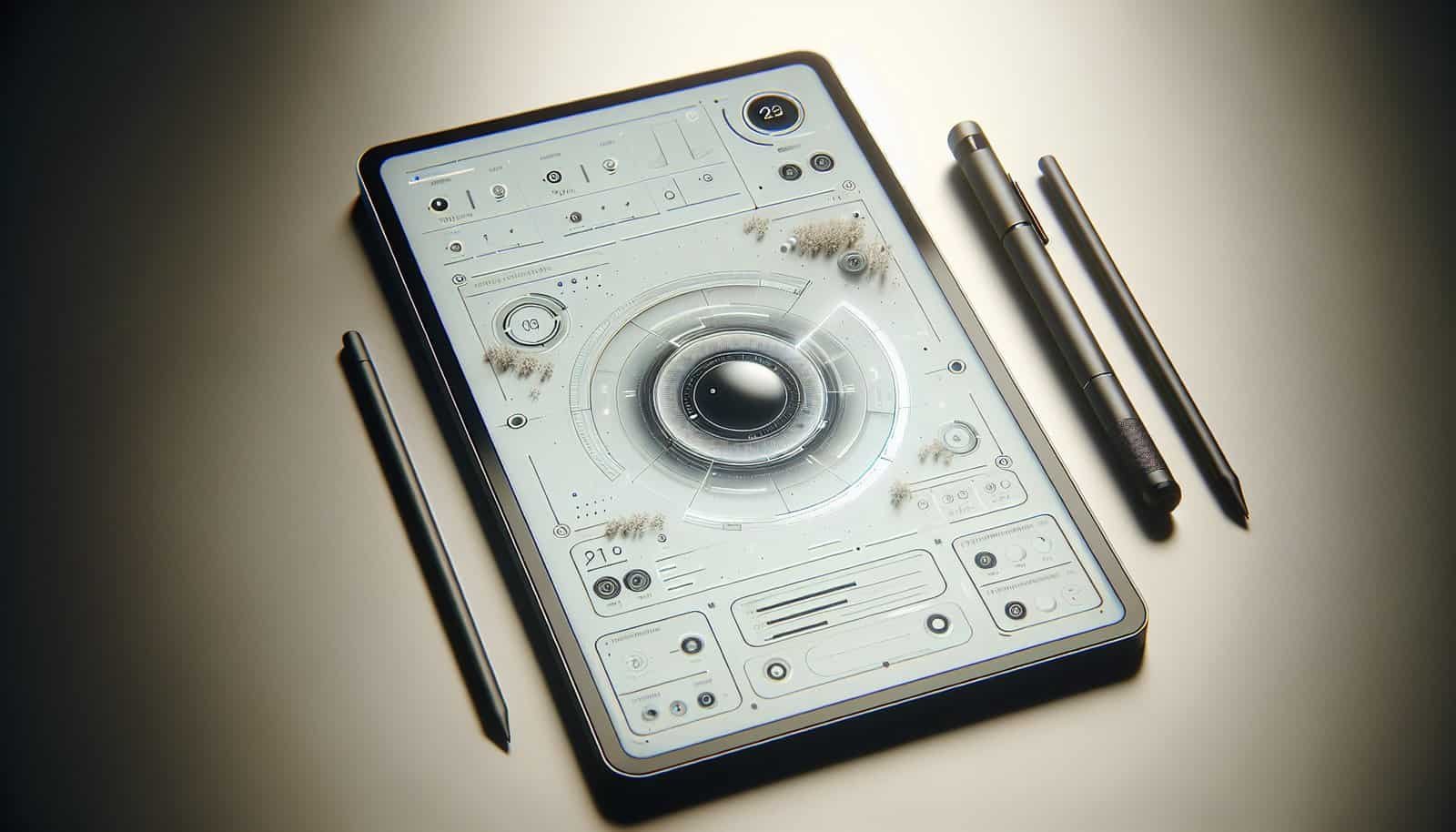Have you ever wondered what it takes to be a Freelance UI Tester? Picture yourself gently stepping into the world where technology meets design, and you’re the bridge between imaginative creation and smooth functionality. The role of a UI Tester is like being a gatekeeper of user experience. It’s about ensuring every app, website, and software communicates clearly and efficiently with its users.
Introduction to Freelance UI Testing
Embarking on a journey as a Freelance UI Tester can be both rewarding and enlightening. It’s a role where keen observation meets technical understanding. Essentially, you’re testing user interfaces (UI) to ensure they’re intuitive, efficient, and function as intended. By doing so, you help make technology accessible and enjoyable for everyone.
What is a UI Tester?
You might be wondering, what exactly does a UI Tester do? As a UI Tester, your main job is to evaluate the graphical user interface of apps and websites. Think of it as ensuring that the digital environment where users interact is smooth and error-free. Your keen eyes will be on the lookout for inconsistencies in placements, colors, buttons, and any other visual components that users interact with.
A UI Tester must also simulate the user experience, which involves acting as a real user to explore the interface thoroughly. This helps to identify any awkward navigation or unexpected behavior within the software.
The Importance of Freelance UI Testers
Freelance UI Testers are pivotal in today’s fast-paced technological world. You provide flexibility and an outsider’s perspective, crucial for businesses aiming to create polished and user-friendly products. Freelancers can easily adapt to various projects, making them perfect for startups or established companies looking to scale.
Moreover, as a freelance UI Tester, you bring fresh insights and can catch oversights that those too close to the project might overlook. Your work ensures that the end users enjoy a seamless and pleasant experience, boosting customer satisfaction and company reputation.
Core Skills Needed for a Freelance UI Tester
Entering the world of UI testing requires a mix of technical knowledge, soft skills, and an eye for design. Each element plays a part in ensuring you can perform your job effectively and with finesse.
Attention to Detail
As a UI Tester, your main tool is your sharp eye for details. You’ll frequently encounter minor flaws that need pinpointing to improve the user interface. Every pixel, every font choice, and even the shade of a button can impact user experience.
Imagine you’re exploring a newly designed app. Users expect harmony in the design – consistency in fonts, button sizes, and colors. A slight anomaly can disrupt the user’s flow, so your attention to detail is crucial in spotting these inconsistencies.
Technical Acumen
While a deep understanding of programming isn’t always required, familiarity with HTML, CSS, and basic scripting can be invaluable. This knowledge allows you to communicate effectively with developers and understand the root cause of issues that arise. Knowing how elements are supposed to respond can set the foundation for identifying any deviations.
Communication Skills
Being able to articulate your findings clearly and constructively is perhaps one of your most important skills. You will need to document your testing process and findings in a clear, detailed manner that your clients or team members can easily understand.
Think of providing feedback as offering a helpful nudge rather than a critique. Your goal is to improve the product, not to focus on what’s wrong. How you communicate findings can build trust and encourage teamwork.
Understanding User Experience Design
Understanding the basic principles of user experience (UX) design can significantly bolster your testing insights. UX focuses on the overall experience of the user – their satisfaction and interaction ease when using the product. Combining this understanding with your technical testing can transform the interface into something user-centric and delightful.

Tools and Platforms for UI Testing
Having the right tools at your disposal can make all the difference in providing thorough testing and detailed insights. As a Freelance UI Tester, you have access to an array of platforms and software to help you identify potential issues efficiently.
Popular UI Testing Tools
Here, we explore some of the most popular tools that can bolster your testing efforts:
| Tool Name | Features | Best For |
|---|---|---|
| Selenium | Open-source, supports multiple browsers | Automated testing |
| TestComplete | Scripted and scriptless testing capabilities | Automating functional UI tests |
| Applitools | AI-powered for visual testing | Analyzing visual aspects of the UI |
| UserTesting | Real-time feedback from users | Collecting user-specific insights |
| BrowserStack | Cross-browser testing service | Ensuring website compatibility |
These tools can help automate your testing, making the process more efficient and accurate. Automation can free up your time to focus on complex issues that require manual inspection.
Choosing the Right Platform
Deciding which tool to use can depend heavily on the specific needs of the project. Sometimes a combination of tools can be most effective. It’s about discovering which platforms align with the project requirements and budget, and which can integrate smoothly with the existing workflow.
Differentiating Aspects of Freelance UI Testing
As a freelancer, you’re not tied to one company or project, giving you the freedom and variety in work assignments that a permanent position may not offer. However, this independence comes with its own set of challenges and joys.
Flexibility and Management
The freelance landscape allows for a flexible schedule, which is a significant advantage for many. Your work hours aren’t tied to the classic 9-5, offering a more personalized balance between work and life commitments.
However, this also means that managing time and tasks efficiently becomes critical. You’re not just the tester; you’re your own manager, accountant, and marketer. Success comes from creating a structured routine that fits both your personal and professional life.
Expanding Your Knowledge Across Industries
Each project allows encounters with different industries and technologies. The range broadens your expertise and adaptability, helping you become versatile in your testing capabilities. Embracing diverse sectors empowers you to bring varied insights to each new project, making you a sought-after freelancer in the field.

Typical Challenges Encountered by Freelance UI Testers
Like any job, freelance UI testing comes with its own set of challenges. Understanding them beforehand can set you on a path to success.
Inconsistent Workload
One common issue freelancers face is an inconsistent workload. While some months are bustling with projects, you might encounter quiet periods. Planning ahead and maintaining relationships with multiple clients can help mitigate downtime and ensure a steady flow of work.
Staying Updated with Technology
The tech landscape is ever-evolving, and staying updated can feel like a full-time job itself. One moment a particular tool is in vogue, and the next, a new tool emerges, claiming to solve all your testing woes. Regularly investing time in learning and training can keep you abreast of these developments.
Navigating Client Expectations
Communication is vital in managing expectations. Without clear agreements upfront, misunderstandings can arise. Drafting detailed contracts or agreements can clarify the scope, deliverables, and feedback processes, thus ensuring both you and your clients are on the same page.
Building Your Freelance UI Tester Career
Starting or enhancing your freelance career in UI testing involves a mix of showcasing your skills and continuously evolving them. Here’s how to make your mark in this field.
Developing a Strong Portfolio
A portfolio acts as your professional calling card. It demonstrates your skills and past successes to potential clients. A well-curated portfolio should showcase your flexibility, attention to detail, and ability to improve user experiences. Include diverse samples that highlight different aspects of your testing abilities.
Networking and Building Relationships
Building a professional network can open doors to freelance opportunities. Attend industry events, join forums, and participate in online communities related to UI/UX design and testing. These platforms provide a chance to learn from peers, stay updated on industry news, and get recommendations for freelance work.
Continuing Education and Certification
Pursuing certifications in UI/UX, software testing, or HTML/CSS can enhance your profile and credibility. Online platforms like Coursera, Udemy, or LinkedIn Learning offer courses that can deepen your understanding and skill set while keeping you updated on the latest industry standards.

Tips for Success as a Freelance UI Tester
Being successful in freelance UI testing requires more than just technical skills—it’s about strategic thinking and effective management too. Here are some tips to consider:
Keep Organized and Track Your Progress
Organization is key when juggling multiple clients and deadlines. Using project management tools can help you stay on track. Tools like Trello or Asana can help manage tasks and timelines efficiently, ensuring you never miss a deadline.
Set Realistic Expectations
Being clear about your capabilities and timelines with your clients is crucial. Avoid overcommitting and instead focus on delivering quality work. Managing expectations helps build trust and ensures long-term relationships.
Seek Feedback and Grow
Feedback is a gift that helps you grow as a professional. After completing projects, ask for feedback to understand where you excel and where there’s room for improvement. This continuous learning approach can enhance your skills and further your career.
Conclusion
Becoming a Freelance UI Tester can be a fulfilling career path, merging creativity with technical challenges. It’s an opportunity to ensure that users have a smooth and enjoyable interaction with technology. By honing your skills, understanding the market, and maintaining clear communication, you can carve out a successful niche for yourself in the freelancing world. Embrace the challenges, cherish the flexibility, and take pride in knowing you’re improving user experiences one interface at a time.

